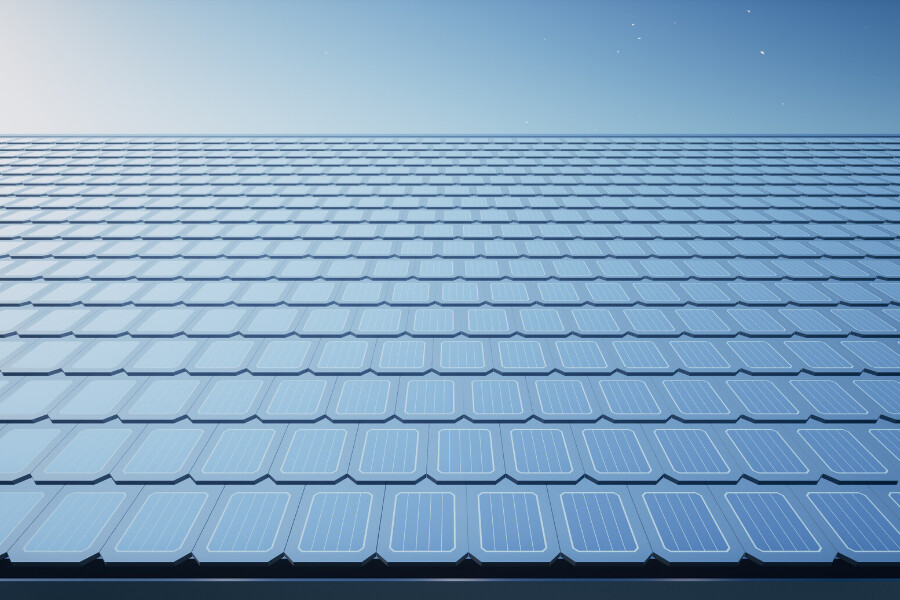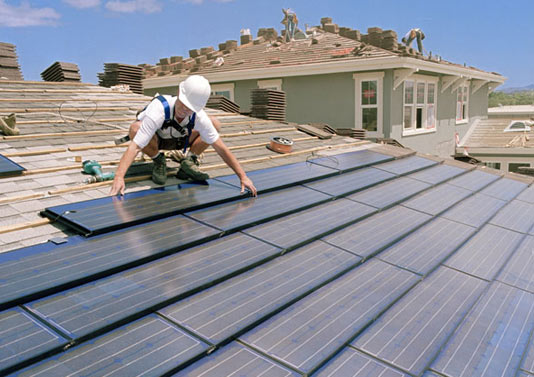A Comprehensive Guide to Explore the Various Types of Roofing for New Homes
Written By Dustin Harpe
When it comes to building a new home, the importance of choosing the right roofing material cannot be overstated. The roof not only protects your home from the elements but also contributes to its overall aesthetic appeal. With an array of roofing options available, it’s essential to familiarize yourself with the different types of roofing materials for new homes. In this blog, we will delve into the various options, highlighting their benefits and characteristics.
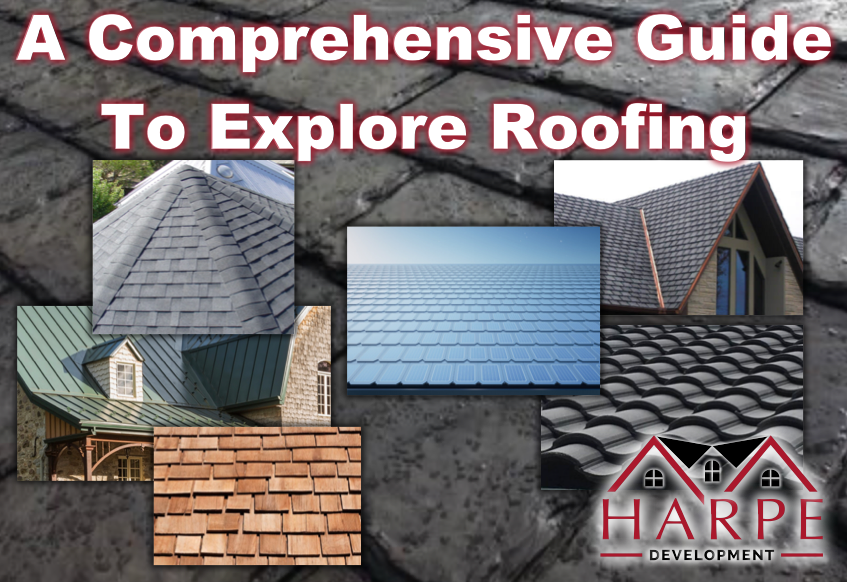
Asphalt Shingles:
Asphalt shingles are the most commonly used roofing material for new homes. They are cost-effective, easy to install, and available in a wide range of colors and styles. Asphalt shingles offer good fire resistance and can last 15 to 30 years, depending on the quality. They provide excellent protection against wind and hail, making them a popular choice for homeowners seeking durability and affordability.
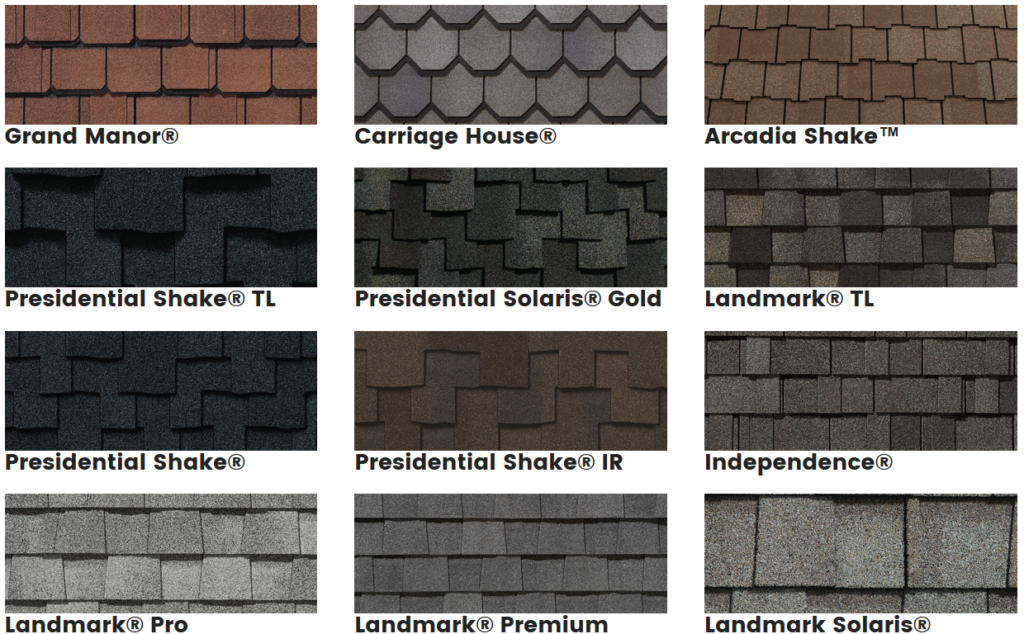
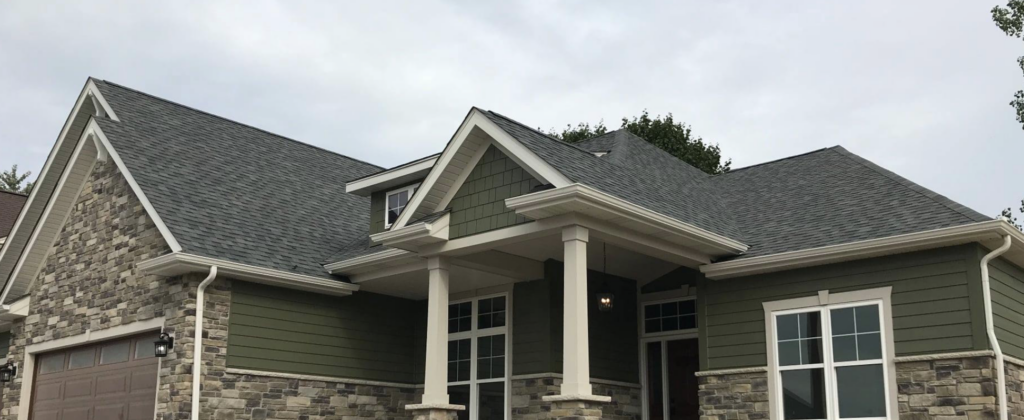
Metal Roofing:
Metal roofs have gained popularity in recent years due to their longevity and low maintenance requirements. They are available in various materials such as steel, aluminum, and copper. Metal roofs are durable, fire-resistant, and can withstand extreme weather conditions. They are also energy-efficient, reflecting sunlight and reducing cooling costs. Additionally, metal roofs are eco-friendly, as they are often made from recycled materials and can be recycled at the end of their lifespan.
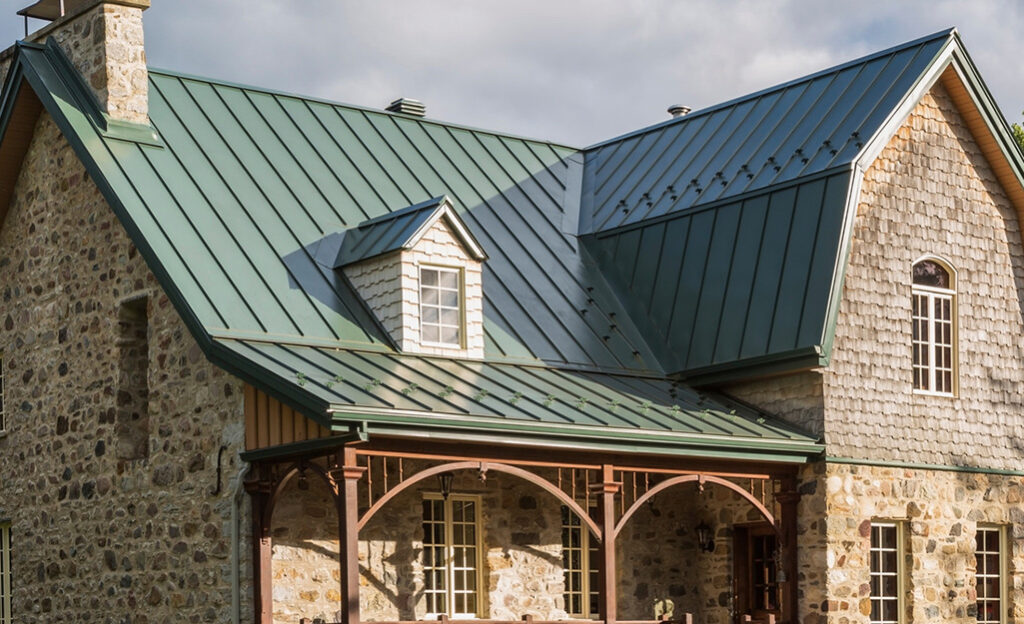
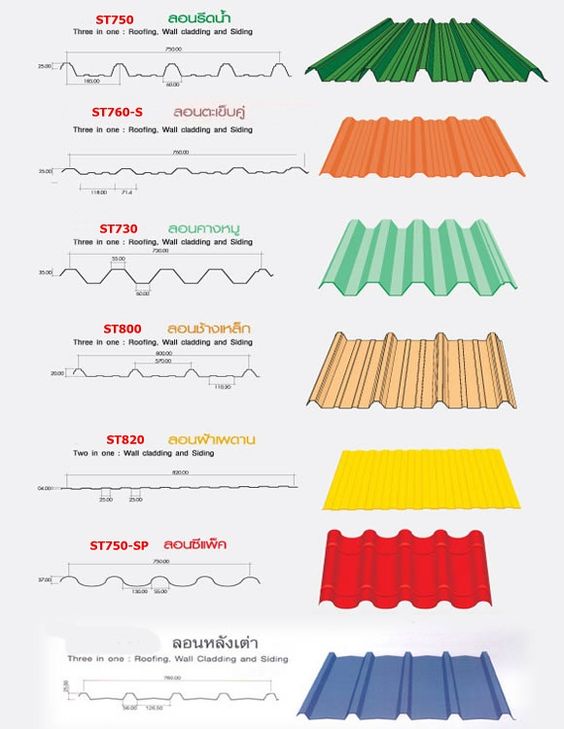
Slate and Tile Roofs:
Slate and tile roofs offer a timeless and elegant look to new homes. Slate roofs are known for their durability and can last for over a century. They are fire-resistant, low maintenance, and provide excellent insulation. However, slate roofs are heavy and require a strong, well-supported structure. Tile roofs, available in clay or concrete, are also durable and offer a distinct Mediterranean or Spanish aesthetic. They are energy-efficient, provide good insulation, and have a long lifespan.
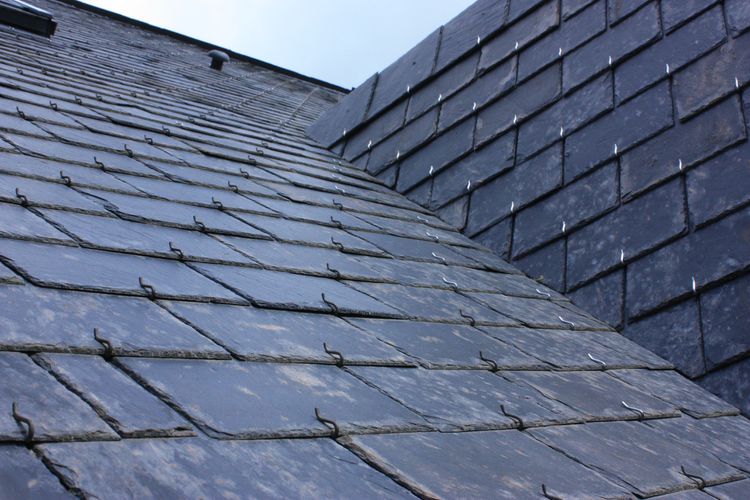
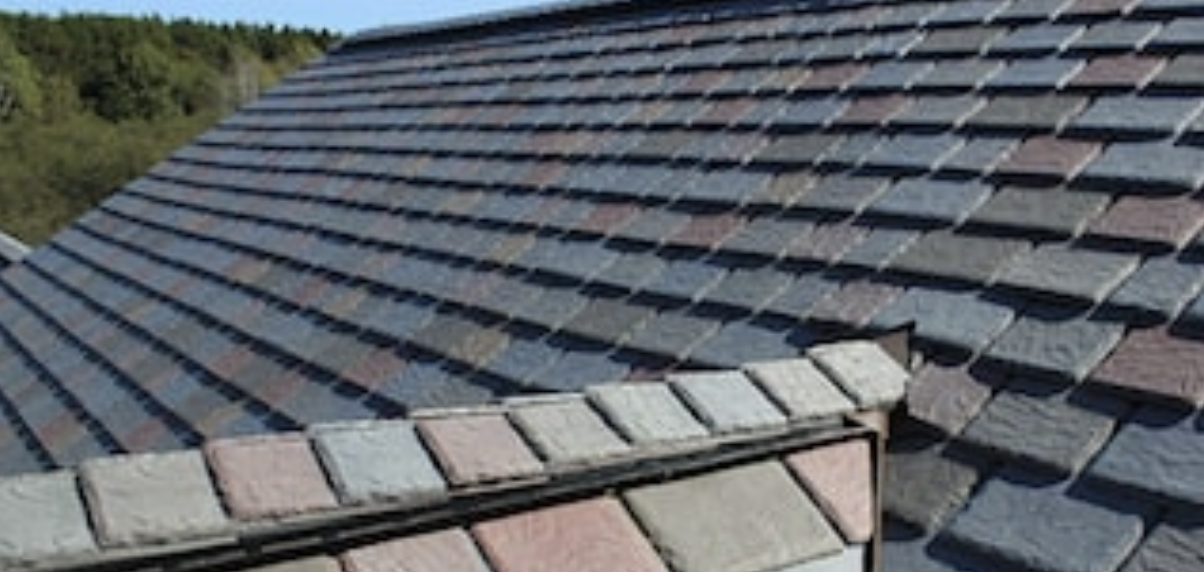
Wood Shingles and Shake:
Wood shingles and shake roofs are popular for their natural and rustic appearance. They are often made from cedar, redwood, or pine. Wood roofs provide good insulation and can enhance the curb appeal of a home. However, they require regular maintenance to prevent issues such as rot and insect infestations. It’s important to note that wood roofs may not be suitable for areas prone to wildfires.
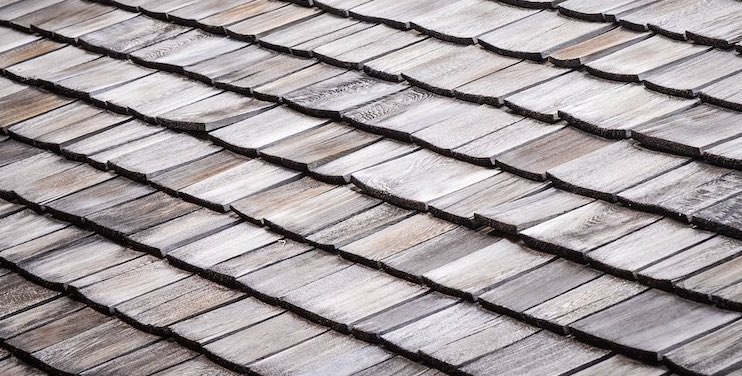
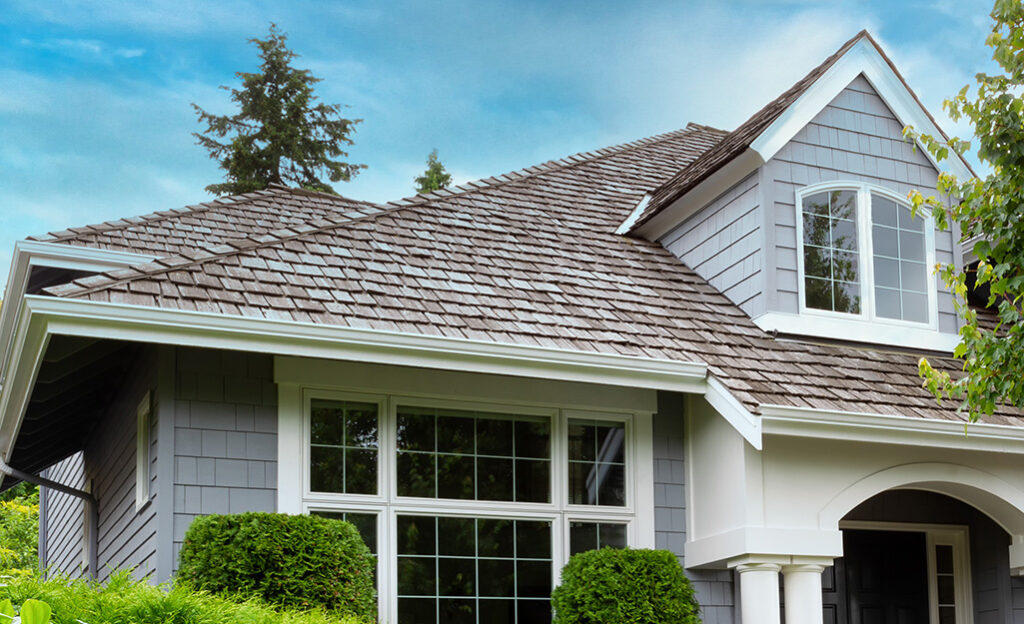
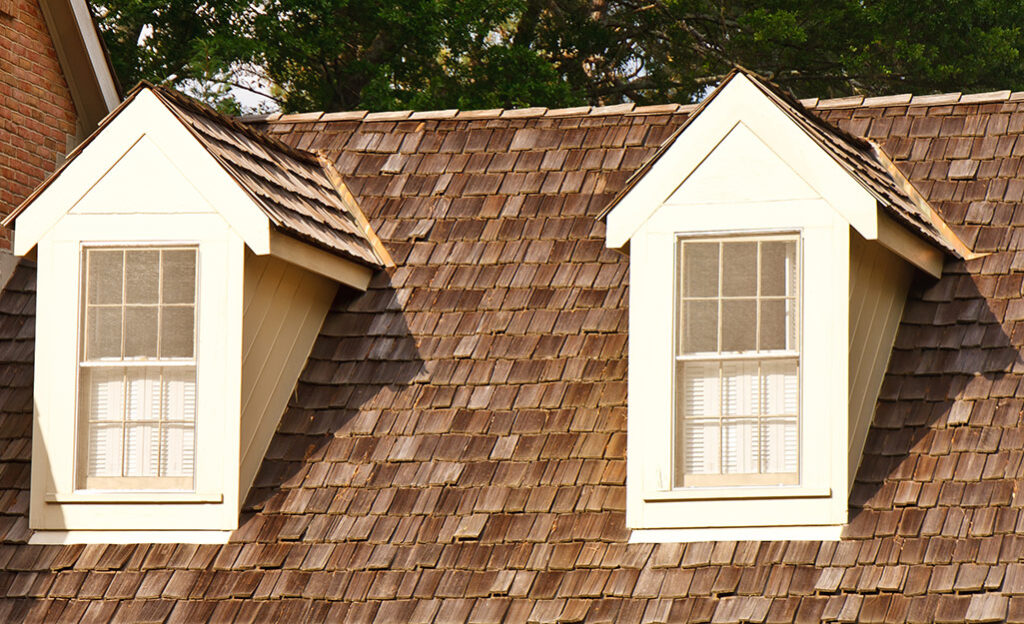
Synthetic Roofing Materials:
Synthetic roofing materials, such as synthetic slate or rubber shingles, offer the look of traditional materials but with added benefits. Synthetic slate is lightweight, durable, and more affordable than natural slate. Rubber shingles mimic the appearance of wood shakes but are more resistant to weathering and require less maintenance.
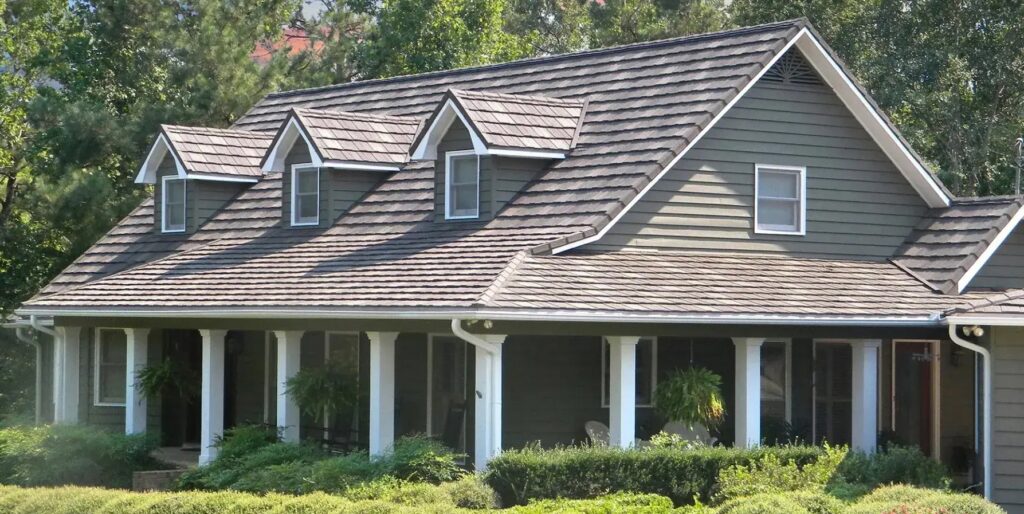
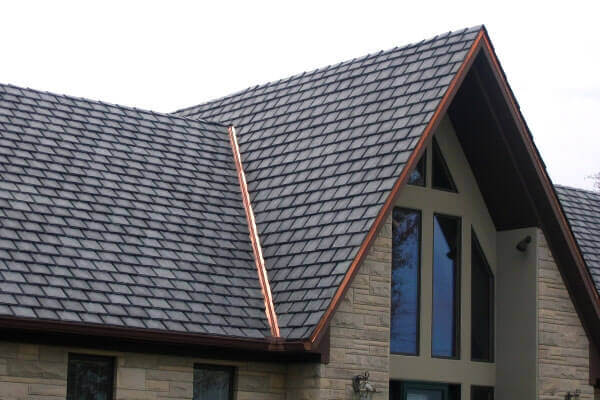
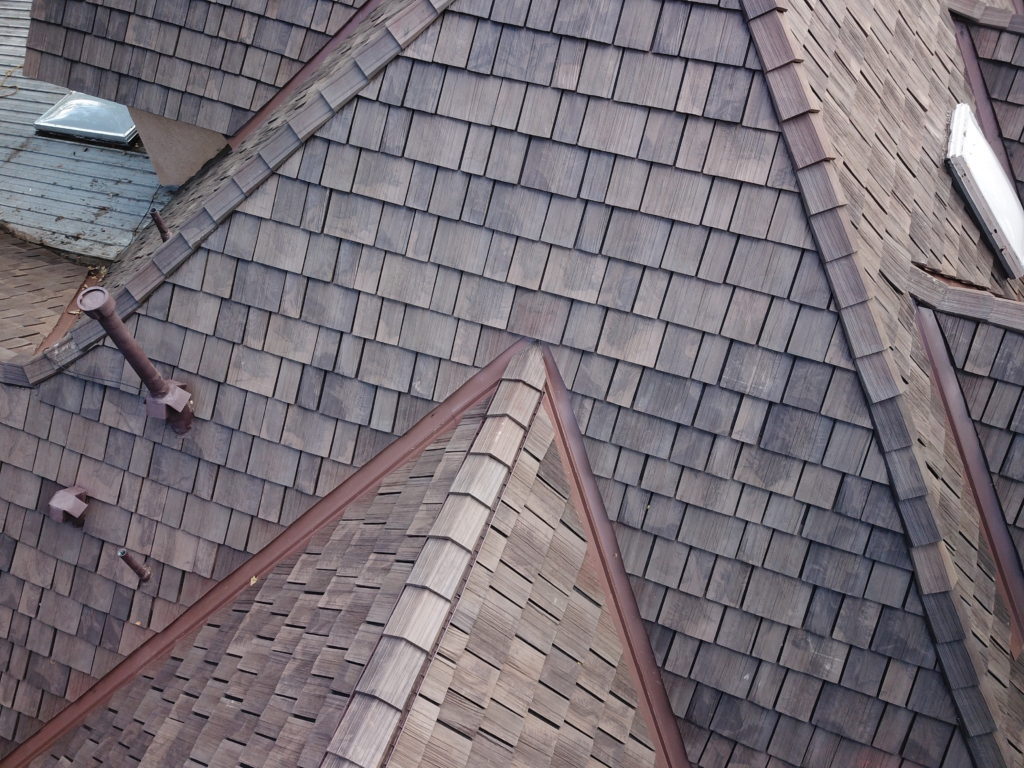
Solar Tiles:
Solar tiles are as durable as regular shingles, but these types of roofing shingles are designed to harness the sun’s energy to generate power for the house.
- Solar tiles can generate between 13 and 63 watts of energy.
- They are lightweight and can withstand rain, wind and hail.
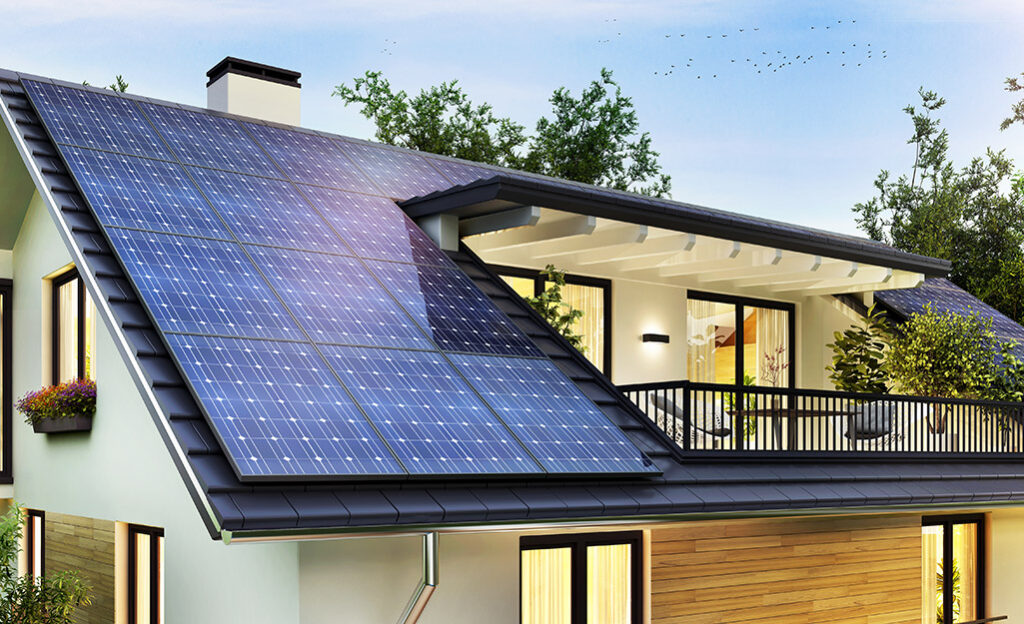
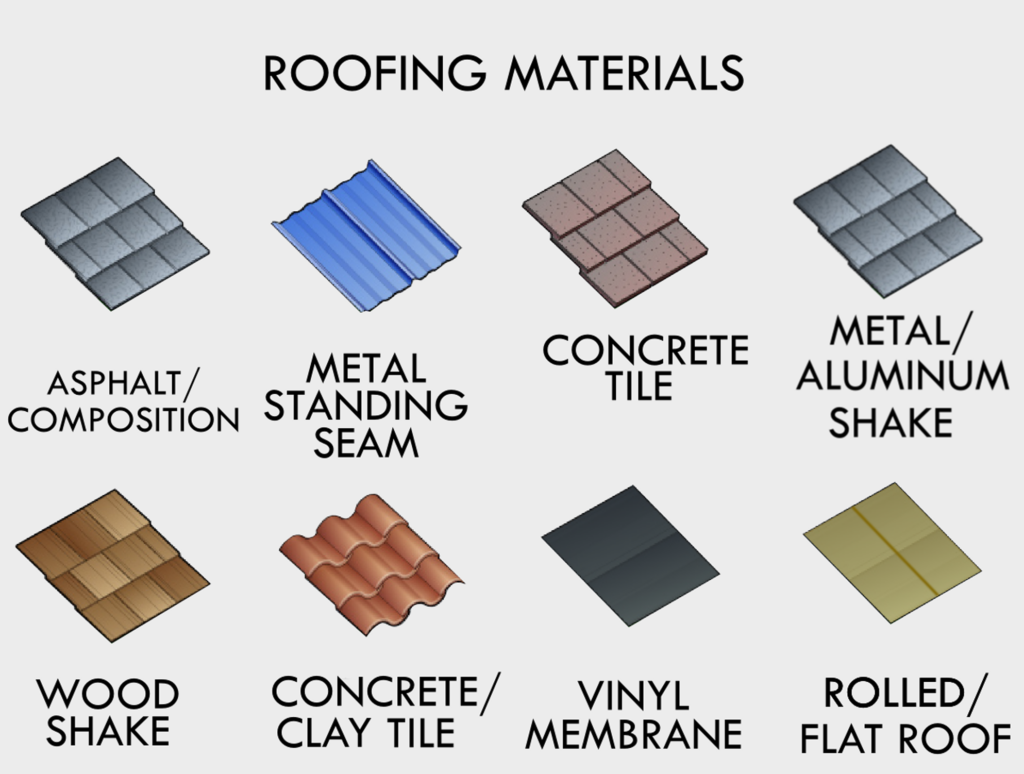
Choosing the right roofing material for your new home is a decision that requires careful consideration. Each type of roofing material has its own set of advantages and considerations. Whether you prioritize durability, aesthetics, or eco-friendliness, there is a roofing option to suit your needs. By understanding the characteristics and benefits of different roofing materials, you can make an informed decision that ensures the long-term protection and beauty of your new home.

